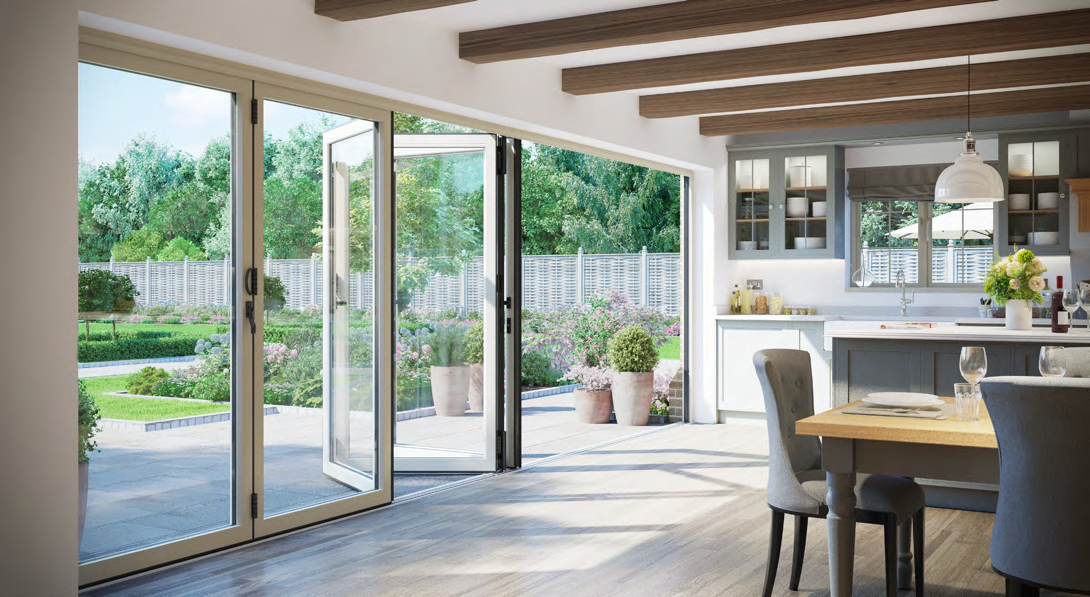What's The Current Job Market For Interior Door Installation Professio…
페이지 정보

본문
Interior Door Installation: A Comprehensive Guide
Installing an interior door is an essential action in enhancing the performance and looks of a home. Whether it's to separate spaces, improve personal privacy, or add a decorative element, the right door installation can make a significant distinction. This article will offer an in-depth summary of the Interior Door Installation (gpnmall.gp114.net) process, consisting of needed tools, actions to follow, common challenges, and FAQs.

Why Install Interior Doors?
Interior doors serve numerous purposes in a home, consisting of:

- Privacy: They provide separation in between living spaces.
- Soundproofing: They can help in reducing sound between rooms.
- Safety: They can secure particular areas, specifically if kids or animals are present.
- Looks: Different designs of doors can boost interior decoration.
Tools Required for Installation
Before beginning the installation, it's vital to gather the required tools. Here's a list of items you'll need:
- Measuring Tape
- Level
- Screwdriver (Phillips and Flathead)
- Hammer
- Chisel
- Wood Glue (optional)
- Saw (Hand saw or Power saw)
- Drill (with bits)
- Pry Bar
- Stud Finder
- Safety Goggles
- Dust Mask
| Tool | Purpose |
|---|---|
| Determining Tape | For measuring door frame and door |
| Level | To make sure the door is straight |
| Screwdriver | For connecting hinges and knobs |
| Hammer | To drive in nails if essential |
| Chisel | For mortising hinges |
| Saw | For cutting the door or frame |
| Drill | For developing pilot holes |
Steps for Installing an Interior Door
1. Choose the Right Door
Before anything else, pick a door that fits the desired area in terms of size, design, and product. Common materials include:
- Solid wood
- Hollow core
- Composite
- Glass panel
2. Step the Door Frame
Accurate measurements are vital for a proper fit. Procedure the height and width of the door frame. Make a note of the door swing instructions (inward or outside).
3. Purchase the Door
Once you have the measurements, head to a hardware store or home improvement center. Make sure to confirm the specifications when selecting your door.
4. Remove the Old Door (if applicable)
If you are changing an old door, thoroughly remove it from the hinges. This may involve:
- Unscrewing the hinge screws
- Utilizing a crowbar to assist in elimination
5. Prepare the Door Frame
Inspect the door frame for any damage or rot. If essential, make repairs before proceeding. You may require to:
- Adjust the frame with shims
- Change any damaged sections
6. Mortise for Hinges
If your brand-new door does not come pre-mortised for hinges, utilize a chisel to produce the necessary recesses. Typically, hinges are located 7 inches from the top and 11 inches from the bottom of the door.
7. Hang the Door
- Attach the Hinges: Start by securing the top hinge to the door, then to the door frame.
- Inspect Alignment: Use a level to guarantee that the door is hanging straight. Adjust accordingly by adding shims.
8. Install the Doorknob and Lockset
Follow the maker's guidelines for installing the doorknob and lockset. This often includes drilling holes and securing hardware with screws.
9. Test the Door
Open and close the door a number of times to ensure it swings efficiently and latches correctly. Make adjustments as essential.
10. Complete Up
If there are spaces around the door frame, usage caulk to seal them. Optionally, paint or stain the door for a refined appearance.
Typical Challenges in Door Installation
- Incorrect Measurements: This can cause doors to be too big or too little.
- Misalignment: Hinges may not align properly, causing the door to bind.
- Door Swing Issues: Ensure the door opens in the intended instructions without blockage.
Frequently Asked Questions About Interior Door Installation
Q1: How long does it require to set up an interior door?
A: The time needed for installation can vary depending on experience and the condition of the existing frame. Usually, the process might take in between 1 to 3 hours.
Q2: Can I install an interior door alone?
A: While it's possible to set up a door solo, having an assistant can make the task easier, specifically when it comes to positioning the door.
Q3: What type of door fits standard sizes?
A: Standard interior doors usually can be found in sizes such as 28", 30", 32", and 36" in width. Heights typically hover around 80".
Q4: Is it needed to sand the door?
A: Yes, sanding is suggested, especially if painting or staining is included. It assists produce an even surface.
Q5: What should I do if my door does not fit?
A: If the door is too big, you may require to trim it down to size. If it's too little, modifications to the frame or a brand-new door might be required.
Interior door installation may seem daunting, however with the right tools, products, and persistence, it can be a fulfilling DIY job. With appropriate planning and execution, homeowners can enhance their home's functionality and design, developing areas that show their personal taste and needs. By comprehending the installation process, individuals can tackle this home enhancement project with confidence.
- 이전글You'll Never Guess This Residential Door Installers's Tricks 25.08.07
- 다음글The No. 1 Question Everybody Working In Goethe A1 Certificate Must Know How To Answer 25.08.07
댓글목록
등록된 댓글이 없습니다.

